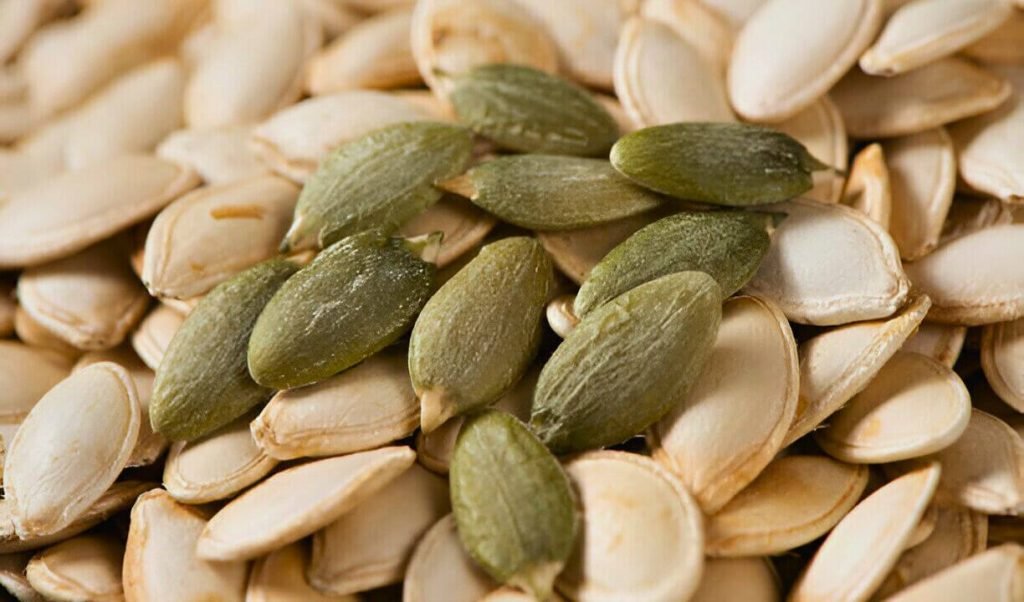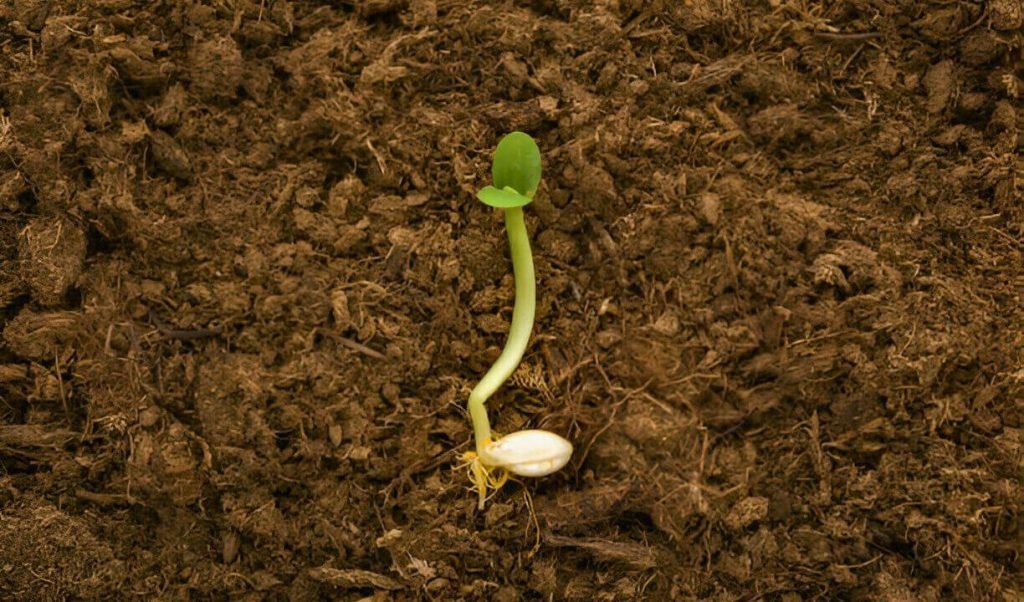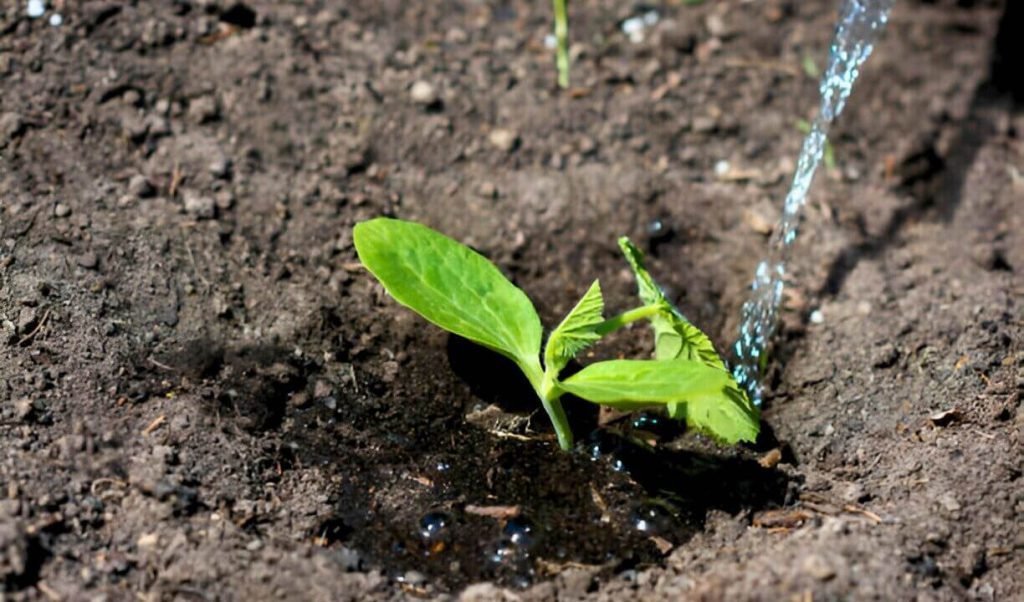Planting pumpkin seeds is a garden of enjoyment. Plant one tiny seed and you’ll have an armful of fall’s signature fruits in a few months, whether you’re producing small pumpkins for tabletop centerpieces or a bulky fruit for Halloween carving.
You will be curious about how to prepare pumpkin seeds for planting and how to achieve success quickly. Early June is a great time to plant pumpkin seeds to be ready by October.
Pumpkin seeds only require a few things to begin developing, much like any other seed. Water and soil give the process a boost. After leaves develop, light becomes crucial. By reading this post, you’ll successfully prepare pumpkin seeds for planting.
How to prepare pumpkin seeds for planting
If you’ve never tried planting pumpkin seeds, remember that even the seeds from grocery store pumpkins will germinate! However, because pumpkins and squashes cross-pollinate so quickly, you may not get exactly what you expect. As a result, the store pumpkin is most likely a hybrid of the parent kinds. This hybrid may or may not be edible.
Pumpkins are fruits, not vegetables, and they belong to the same “family” as melons, cucumbers, squashes, and courgettes. Anything with seeds is often categorized as a fruit. They come from the family Cucurbitaceae, which has adapted over time to survive in harsh environments. In this article, we’ll deeply explain the preparation of pumpkin seeds.
Selecting Pumpkin Seeds

The first step that you follow in preparing pumpkin seeds for planting is the right selection of pumpkin seeds. You should follow these steps when selecting pumpkin seeds.
Choosing Quality Seeds
When you select pumpkin seeds, quality comes first. Look for trusted providers who sell certified organic or non-GMO seeds.
Varieties of Pumpkin Seeds
Consider what types of pumpkins you want to cultivate, whether for carving, cooking, or decorating. Research the best pumpkin varieties for planting in your climate and preferences.
Organic vs. Non-Organic Seeds
- Organic pumpkin seeds are devoid of synthetic pesticides and fertilizers, which promotes environmental sustainability and may lead to healthier plants.
- Non-organic seeds may be less expensive, but they could contain pesticide residues. Make an informed decision using your gardening beliefs and priorities.
Cleaning and Preparing Seeds
In the second step, you should make sure of how to clean pumpkin seeds. When you prepare pumpkin seeds for planting, you should clean the seeds.
Extracting Seeds From Pumpkin
Scoop out the seeds from the pumpkin flesh with a spoon or your hands, taking care not to harm them. Separate the seeds from the pulp and place them in a water dish to help clean them.
Washing and Cleaning Seeds
Washing pumpkin seeds carefully with running water to remove leftover pulp or dirt. Using a filter, verify that all seeds are clean and remove pulp from seeds.
Drying Pumpkin Seeds
Using a paper towel or clean cloth, evenly distribute the cleaned seeds in a single layer. In a well-ventilated place, dry pumpkin seeds entirely, preferably overnight.
Testing Seed Viability
In the fourth step, you should ensure you know how to test seed viability and the pumpkin seed germination test.
Germination Test For Seeds

During the germination test, place a few seeds between damp paper towels in a tight plastic bag. Place the bag in a warm, dark location and check for germination after a few days.
Seeds that do not sprout should be discarded; instead, focus on seed health checks that show evidence of healthy germination.
Assessing Seed Health
Look for evidence of mold growth discoloration or physical damage, as these could indicate poor seed health. Healthy seeds are plump, firm, and devoid of anomalies, which increases the chances of successful germination.
Storing Pumpkin Seeds
In the fifth step, you should focus on pumpkin seed storage tips and know how deep to plant pumpkin seeds.
Proper Storage Conditions
Pumpkin seeds should be cleaned and dried and kept out of direct sunlight in a cool, dry place. The best conditions for pumpkin seeds are to keep moisture and pests from destroying the seeds and store them in sealed bags or airtight containers.
Long-term storage of seeds
You should also think about storing pumpkin seeds in the freezer or refrigerator for extended periods. To avoid freezer burn, make sure they are thoroughly dry before closing.
Planting Pumpkin Seeds
When the seeds are clean, dry, and tested, now it’s the stage of planting. In the sixth step, you should be planting pumpkin seeds and learn how deep to plant pumpkin seeds from this post.
Soil Preparation for Pumpkin Seeds
Select a sunny spot with well-drained soil. To boost the soil’s fertility and texture, add compost or organic materials.
Planting Depth and Spacing
Plant the seeds of pumpkins two to three feet apart, in hills or rows, approximately an inch deep. Make sure there is enough airflow and space for the vines to grow.
Watering and care of seedlings

In the pumpkin planting guide, watering and care seeding are essential. Maintain a constant amount of water in the soil, without becoming excessively moist, particularly in the germination and early growth phases.
FAQs
Q1. How long do pumpkin seeds need to dry before planting?
After thoroughly rinsing the seeds, you should spread them out on paper towels to dry in one layer. Now, don’t simply mean dry to the touch, but dry completely, inside and out. For this, leave the seeds on paper towels in a cool, dry place for 3-4 weeks.
Q2. How to save fresh pumpkin seeds for planting?
The seeds should be kept dry and cool in a paper envelope. A few individuals store the envelopes in the refrigerator in an airtight container.
Q3. How do you make pumpkin seeds grow faster?
As previously stated, pumpkins are heavy feeders, so add manure or compost to the soil and mix it with water. Using nitrogen-rich fertilizers in the early stages of growth will aid in germination and accelerate the growth process considerably faster than other formulations.
Q4. Do pumpkin seeds need direct sunlight?
Select a location that gets at least six hours of direct sunlight per day, and amend the soil beforehand with a generous amount of compost or well-rotted manure. Depending on the cultivar, planting distances might vary from 90 cm to 3 m, so make sure to check the seed packet.
Q5. Do pumpkin seeds expire?
In general, unopened seeds that have been properly stored are safe to eat until the best-by date on the bag. However, the seeds may rot once opened if not kept in an airtight container.
Conclusion
In conclusion, these instructions will help you make sure how to prepare pumpkin seeds for planting and are ready to plant and will help you have a bumper crop. Every step, from picking premium seeds to giving your plants the right attention, affects how healthy and strong your pumpkin plants become. You can soon enjoy the rewards of your labor in the form of delectable, homegrown pumpkins if you pay a little attention to detail and have a little green thumb.

